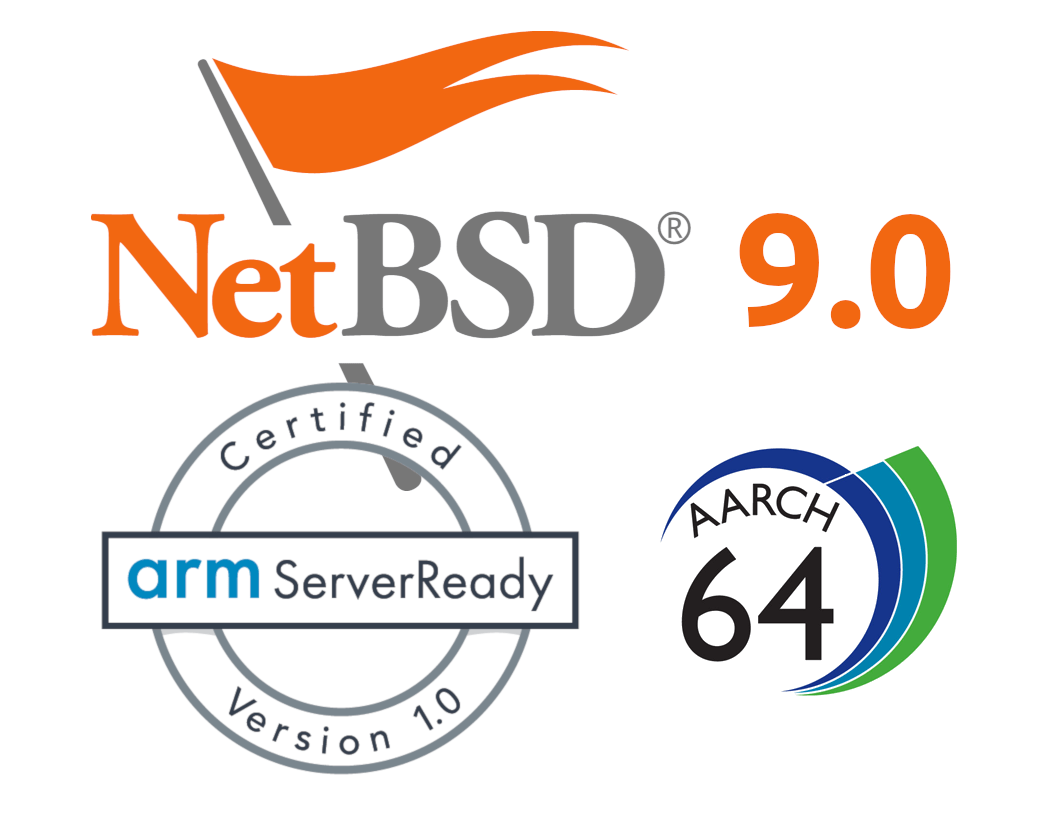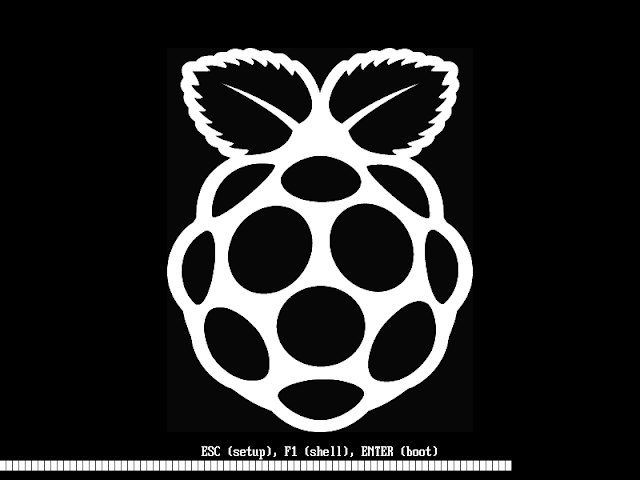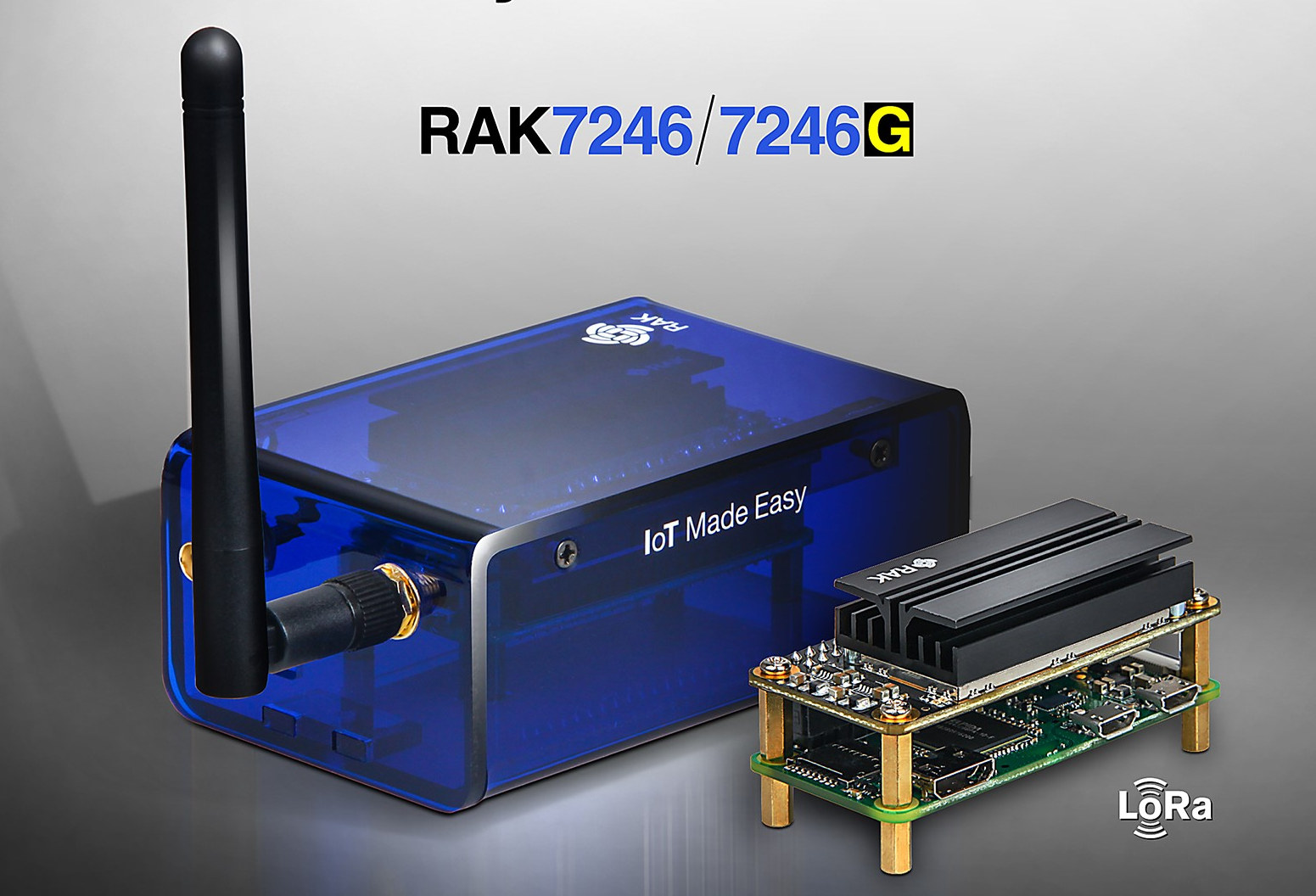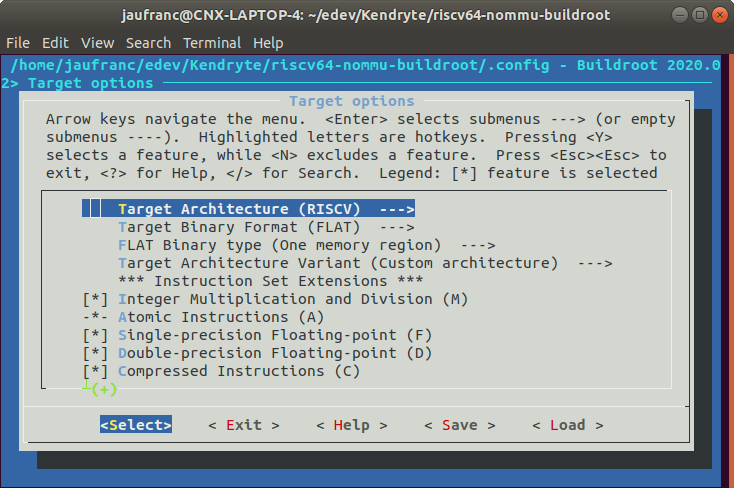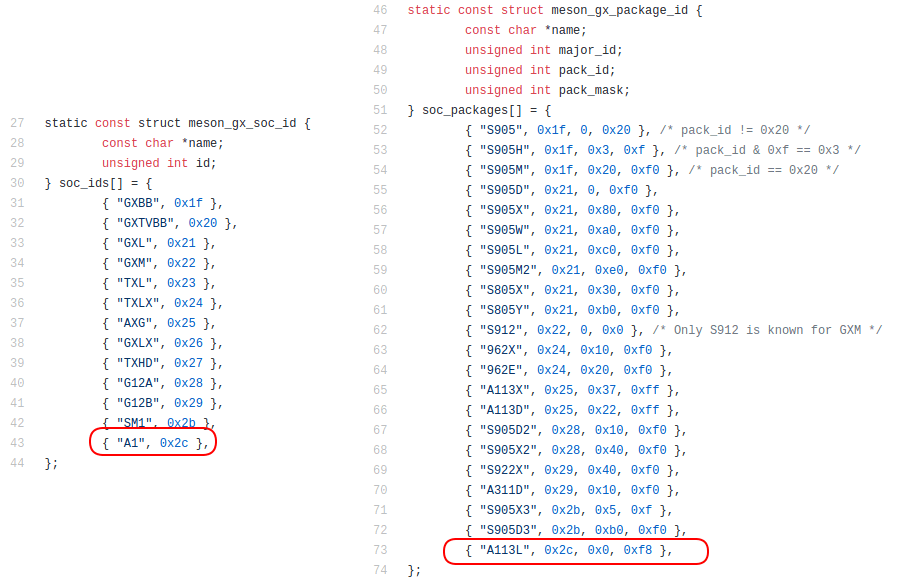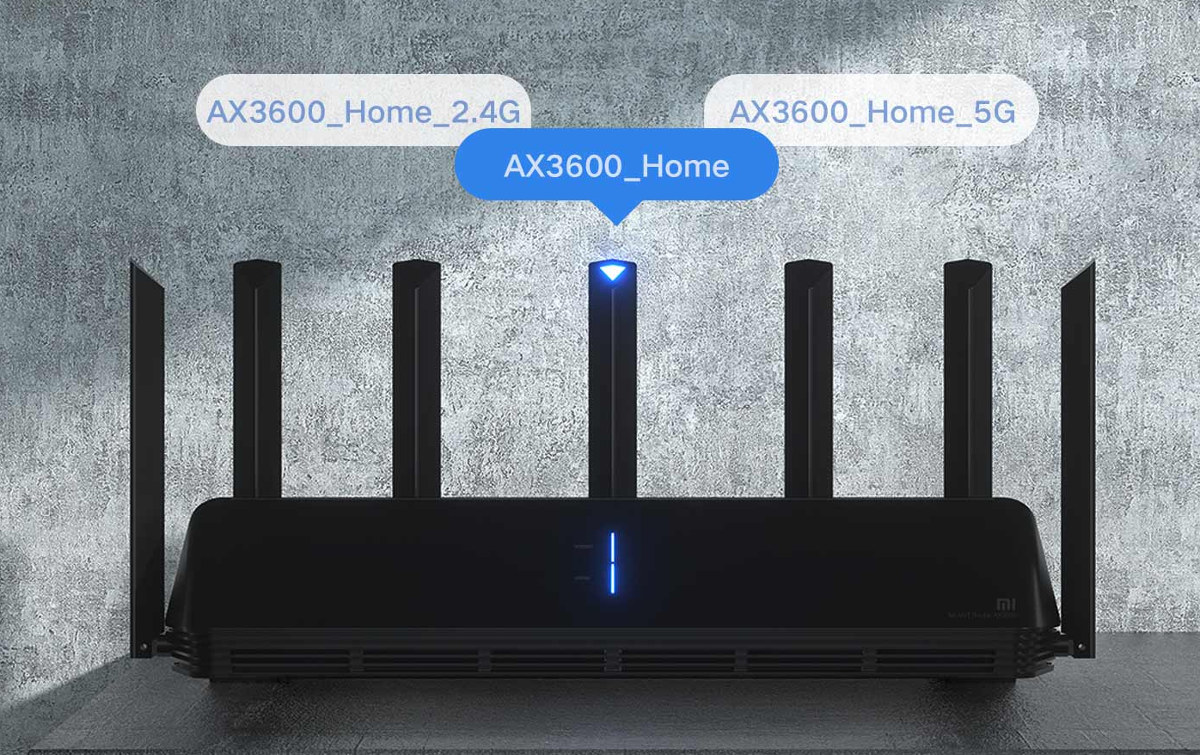XMOS, known for its high-performance voice interfaces, is joining the AIoT bandwagon with the announcement of the Xcore.ai, a flexible and economical processor delivering high-performance AI, DSP, control, and I/O’s in a single device. IoT and AI have been one of the most trending topics and fields in the last decade. Both areas have seen large innovations in between them. Deep neural networks have become better, IoT deployment cost has also been greatly reduced, and most importantly, they both have a significant impact on multiple industries. An interesting trend recently is the emergence of applications merging AI and IoT together to form so-called AIoT applications. IoT will be the digital nervous system, while AI will become the brain that makes all the critical decisions which will control the whole system. AIoT has led to the development and deployment of what we call AI processors or AI modules that can be […]
Google Releases Android 11 Developer Preview – What’s New?
I’ve only just upgraded my Xiaomi Mi A2 phone to Android 10 earlier this week, but Google is already preparing for the next version of the mobile operating system, and the company has already released the first developer preview for Android 11 OS. Enhancements for foldables and 5G, call-screening APIs, new media & camera capabilities, and machine learning are some of the improvements brought to Android 11 so far. Some of Android 11 highlights include: Updates of existing connectivity APIs to take advantage of improved 5G speeds. Dynamic meteredness API to check whether the connection is unmetered in order to offer higher resolution or quality for users who don’t need to pay extra for data Bandwidth estimator API to check the downstream/upstream bandwidth without having to poll the network. Pinhole and waterfall screen support – Pinhole screens are the ones with a round opening for the camera, and waterfall […]
NetBSD 9.0 Released with Aarch64 Support, Arm ServerReady Compatibility
Yesterday, we wrote about Raspberry Pi 4 getting UEFI+ACPI firmware for Arm SSBR compliance allowing the board to run operating systems designed for “Arm ServerReady” servers out of the box. NetBSD 9.0 was just released on February 14, 2020, with support for Aarch64 (64-bit Arm) which had been in the works for a few years, and includes support for “Arm ServerReady” compliant machines (SBBR+SBSA). NetBSD 9.0 main changes related to hardware support: Support for AArch64 (64-bit Armv8-A) machines Compatibility with “Arm ServerReady” compliant machines (SBBR+SBSA) using ACPI. Tested on Amazon Graviton and Graviton2 (including bare metal instances), AMD Opteron A1100, Ampere eMAG 8180, Cavium ThunderX, Marvell ARMADA 8040, QEMU w/ Tianocore EDK2 Symmetric and asymmetrical multiprocessing support (big.LITTLE) Support for running 32-bit binaries via COMPAT_NETBSD32 on CPUs that support it Single GENERIC64 kernel supports ACPI and device tree based booting Supported SoCs Allwinner A64, H5, H6 Amlogic S905, S805X, S905D, […]
Raspberry Pi 4 UEFI+ACPI Firmware Aims to Make the Board SBBR-Compliant
As Arm wanted to enter the server market, they realized they had to provide systems that could boot standard operating system images without modifications or hacks – just as they do on x86 server -, so in 2014 the company introduced the Server Base System Architecture Specification (SBSA) so that all a single OS image can run on all ARMv8-A servers. Later on, Arm published the Server Base Boot Requirement (SBBR) specifications describing standard firmware interfaces for the servers, covering UEFI, ACPI and SMBIOS industry standards, and in 2018 introduced the Arm ServerReady compliance program for Arm servers. While those are specific to Arm server, some people are pushing to implement SBBR compliant for Arm PCs, and there’s one project aiming to build an SBBR-compliant (UEFI+ACPI) AArch64 firmware for the Raspberry Pi 4. The UEFI firmware is a build of a port of 64-bit Tiano Core UEFI firmware, and version […]
$99 RAK7246 LoRaWAN Developer Gateway Features Raspberry Pi Zero W SBC
Outdoor LoRaWAN gateways meant to be deployed in the field usually cost several hundred dollars, so companies also offer cheaper gateways for indoor use that can be used by developers. RAKWireless offers this type of gateway with products such as Pilot Gateway Pro RAK7243 based on Raspberry Pi 3 Model B+ board, or RAK7244 LoRaWAN Developer Gateway featuring the more recent Raspberry Pi 4 board and sold for $212 and up with price depending on options such as cellular connectivity. The company has now worked on providing much cheaper indoor/developer gateways with their RAK7246 and RAK7246G LoRAWAN developer gateways with the latter adding GPS. RAK7246 is available. RAK7246 key features and specifications: SBC – Raspberry Pi Zero W board with Broadcom BCM2835 ARM11 processor @ 1GHz, 512MB RAM Storage – 16GB MicroSD card Connectivity 802.11 b/g/n WiFi and Bluetooth 4.0 via Cypress CYW43438 module found on RPi Zero W board […]
How to Build & Run Linux on Kendryte K210 RISC-V NOMMU Processor
A few months ago, we wrote that Western Digital was working on Linux & BusyBox RISC-V NOMMU, and managed to boot a minimal Linux OS on Kendryte K210 powered Sipeed Maix Go board. RISC-V NOMMU support was scheduled for Linux 5.5, and now that the new kernel has been released, Damien Le Moal has pushed the code allowing to build Linux and a busybox based roofs for RISC-V 64-bit NOMMU platforms using buildroot. I could start the build following the instructions on Github, but it failed as a Linux 5.6 RC1 tarball was missing. But I noticed “Vowstart” picked up on Damien’s work, and wrote detailed instructions. So let’s try the build out using a machine running Ubuntu 18.04. We’ll have to make sure dependencies are installed first:
|
1 2 |
sudo apt install build-essential device-tree-compiler bison \ flex file git curl wget cpio python unzip rsync bc texinfo |
Then we can retrieve the source code and do some preparations (e.g. extract Linux 5.6 RC1 tarball):
|
1 2 3 4 |
git clone https://github.com/vowstar/k210-linux-nommu.git cd k210-linux-nommu export PROJ_ROOT=$(pwd) sh ./prepare_buildroot.sh |
The next step […]
Amlogic A113L Dual-Core Cortex-A35 Processor Targets Smart Audio and IoT Applications
Over two years ago, we reported about Amlogic A111, A112, A113 processors designed for audio applications such as smart speakers. A111 features four Cortex-A5 32-bit core, while A112 and A113D/A113X processors come with four Cortex-A53 cores instead. We have not heard much about those since then, but all those processors are still listed on Amlogic website, A112 is supposedly used in Xiaomi AI smart speaker, and Amlogic A113X1 Far-Field Dev Kit is still listed on Amazon’s list of devkits for Alexa voice service, but currently out of stock. Amlogic has been working on a more cost-efficient processor for smart audio and IoT applications with Amlogic A113L dual-core Cortex-A35 processor shown as Meson A1 in the Linux source code. It was just added in Linux 5.5. We don’t have much information about it, but it’s interesting as it’s the first Cortex-A35 processor from the company, and it targets the same smart […]
Xiaomi AIoT Router AX3600 WiFi 6 Router Sells for $135
The first 802.11ax routers were unveiled a Computex 2018, before the WiFi Alliance decided to use a new consumer-friendly naming scheme and rename 802.11n to WiFi 4, 802.11ac to WiFi 5, and 802.11ax to WiFi 6, and then WiFi 6 routers launched later that year from companies such as ASUS and TP-Link with price starting at $350. Prices have now come down with for example TP-Link WiFi 6 AX3000 smart WiFi router going for $142.99 plus shipping on Amazon, and Xiaomi has now launched their own WiFi 6 router with Xiaomi AIoT Router AX3600 offered for $135 including shipping on Aliexpress. Price may soon come down further as the router is sold for just 599 CNY, or about $86 US, in China excluding shipping. Note that with the Coronavirus outbreak, shipping may be delayed. Xiaomi AIoT Router AX3600 specifications: SoC – Qualcomm IPQ8071A quad-core Arm Cortex-A53 @ 1.0 GHz CPU […]




